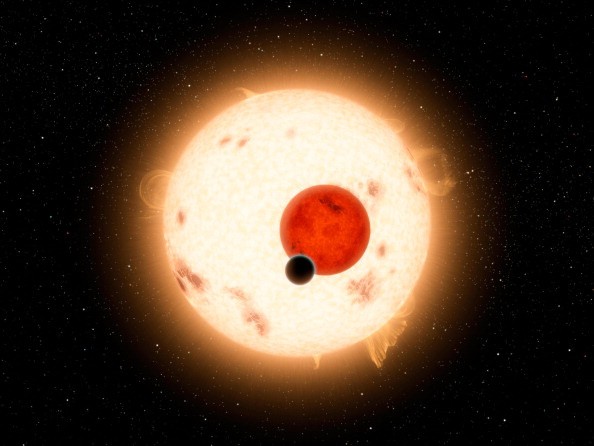China's new space telescope will identify more Earth-like planets that can be colonized. The idea of exoplanet colonization is not really new.

Various space agencies, such as NASA and SpaceX, are trying to find ways how to transform another planet into an Earth-like one. For the past few years, Mars has been the top candidate when it comes to the planet that can support life.
Now, China wants to look for other planets outside the solar system that can also nourish living things. The Asian country plans to do this using its so-called CHES (Closeby Habitable Exoplanet Survey) telescope.
China's New Space Telescope
According to Live Science's latest report, CHES is a 3.9-foot-aperture space telescope. China plans to send it around 930,000 miles away from the Earth.

Also Read : Space Perspective's Passenger Balloon Development Receives Million-Dollar Funding; What is Spaceship Neptune
The space region it will specifically focus on is the Lagrange between the sun and Earth. This means that it will fly in the L2 Lagrange point that is also home to NASA's latest James Webb Space Telescope.
"The discovery of the nearby habitable worlds will be a great breakthrough for humankind, and will also help humans visit those Earth twins and expand our living space in the future," said Ji Jianghui, a Chinese Academy Of Sciences astronomer leading the CHES project.
The new CHES telescope is still under development. Involved space experts said that they might launch the new space tech as early as 2026.
But, this will still depend on the issues that the new space telescope might experience. On the other hand, the new Chinese space telescope is expected to observe around 100 sun-like stars for Earth-like planets.
How CHES Telescope Works
The South China Morning Post reported that CHES works by measuring the "wobble" of a star. It can do this with the accuracy of 1 micro arcsecond.
Ji said that they will achieve this using the so-called laser focal plane metrology. As of press time, CHES still needs to receive approval for the use of the laser focal plane metrology.
Once it gets the go-signal from the Chinese government, the developers are expected to complete the new space telescope in about five years.
Meanwhile, China's Tianwen-1 Mission previously celebrated its first year on Mars.
On the other hand, MIT's new self-rearranging space station is expected to be better than ISS.
For more news updates about CHES telescope and other new space techs, always keep your tabs open here at TechTimes.
Related Article : Space Cooperation To Be Enhanced by New BRICS Joint Committee With China Leading the Members
This article is owned by TechTimes
Written by: Griffin Davis
ⓒ 2025 TECHTIMES.com All rights reserved. Do not reproduce without permission.




